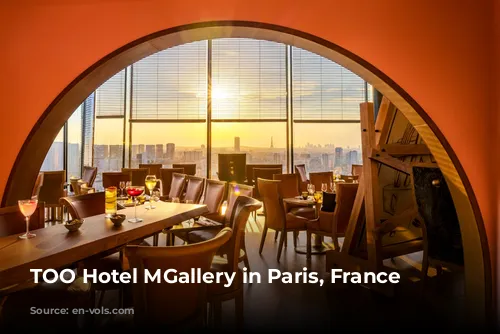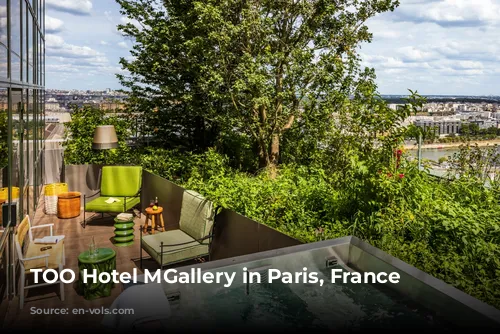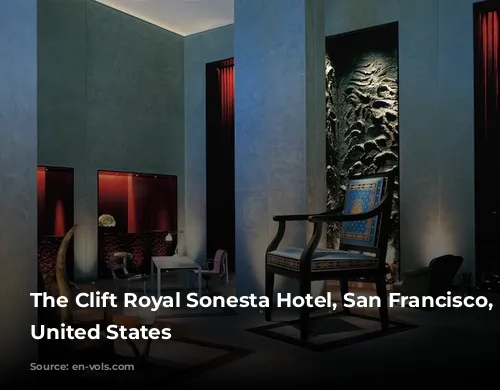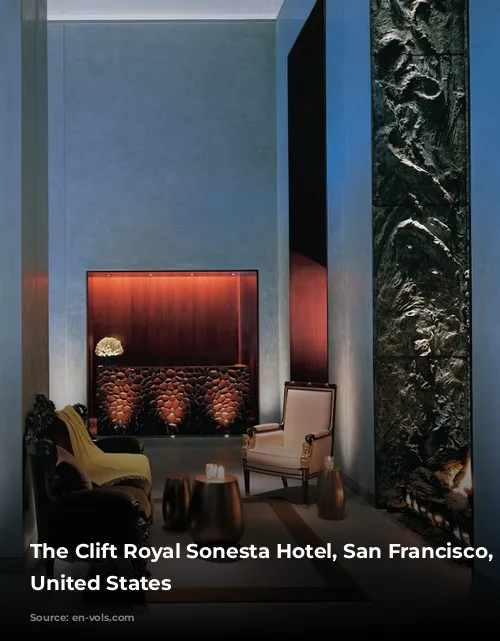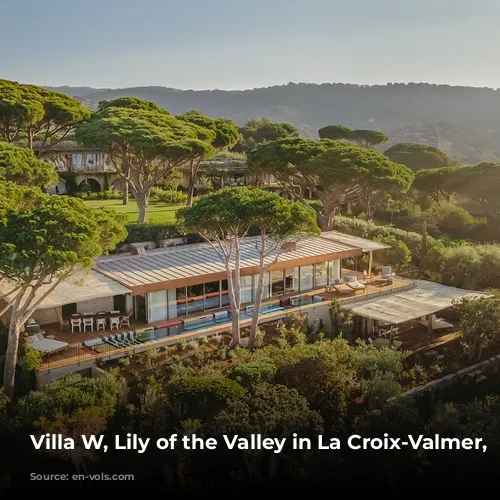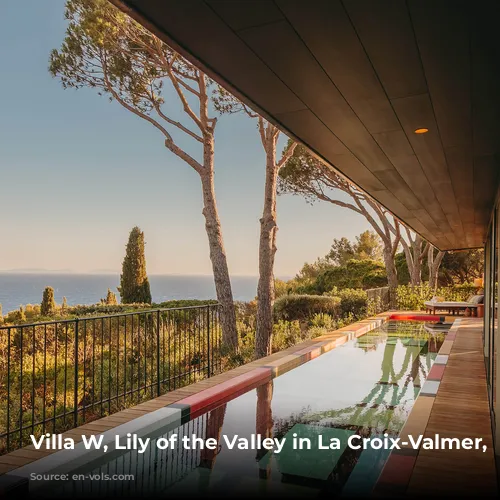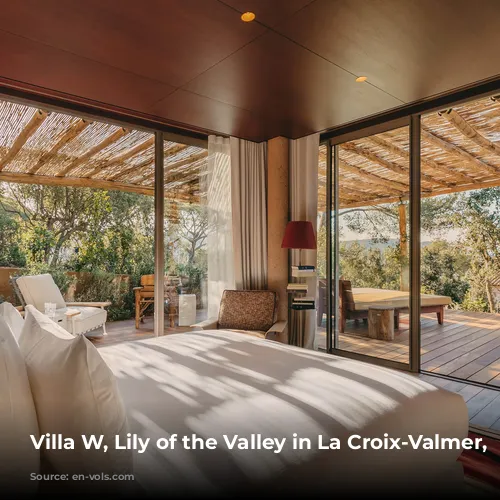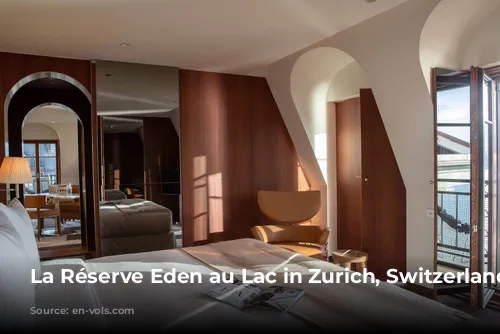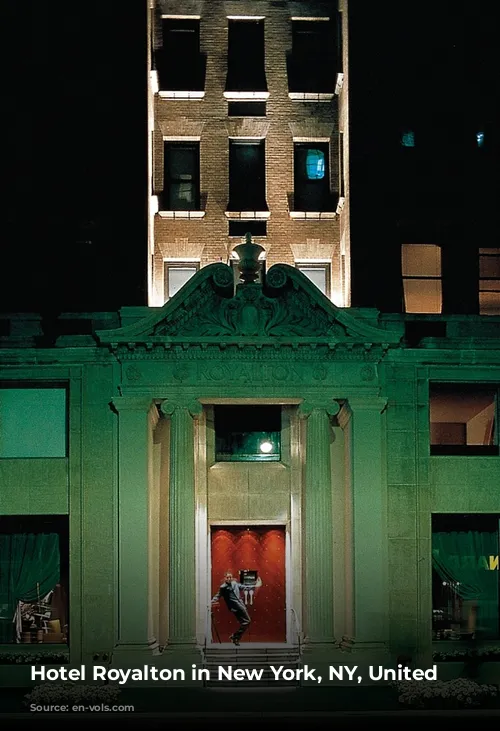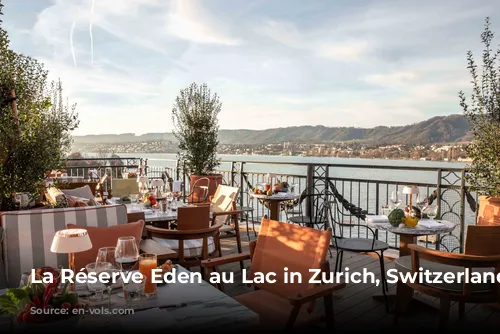Imagine stepping into a space where every detail whispers a story, a space meticulously crafted to evoke emotions, to transport you to a world of dreams. This is the essence of Philippe Starck’s approach to hotel design. He doesn’t just build structures; he creates immersive experiences, weaving tales of love, humor, and artistry into every corner.
Starck’s portfolio is a testament to his genius, boasting an impressive 39 hotels globally. His journey began in the vibrant New York City of the 1980s, a collaboration with the legendary Ian Schrager, the mastermind behind the iconic Studio 54. Together, they ignited a revolution in the hotel industry, ushering in the era of the designer hotel.
The Birth of a Revolution: The Royalton Hotel
In 1984, a young Starck received a life-changing call from Schrager. He was invited to New York City, a city he had never even visited, to embark on a unique challenge. Schrager, known for his bold vision, proposed a radical idea: “Can you reinvent my palaces?” He asked Starck to immerse himself in the city’s diverse hotel scene, to experience the luxury and the ordinary, to understand the very soul of hospitality.
“I’m not hiding from you that I’ve never been to a palace of my life,” Starck confessed, but Schrager’s response was unwavering: “It doesn’t matter. I have prepared you fifteen days. Every day, twice a day, you will change hotels. And after that, you’ll tell me what you think.” This intense immersion, this deliberate exposure to the city’s diverse hotel offerings, was the genesis of Starck’s revolutionary design philosophy.
The Royalton Hotel, the culmination of this unique collaboration, became a beacon of originality. It marked a departure from the conventional, embracing a personal, modern, and inventive approach. It was the first time a hotel truly reflected a designer’s unique vision, a bold statement that set the stage for the future of hotel design.
Mixing Worlds: The Clift Hotel
The Clift Hotel, another collaborative masterpiece with Schrager, emerged in San Francisco, a city that embodies a fascinating blend of elegance and innovation. Starck saw a city brimming with contradictions, a place where traditional banking and cutting-edge technology intertwined.
“San Francisco… a city that wants to play chic, who wants to play it loden, a little English, with the banks, but behind and beside, separately, but together. There are all cyberkids, there are all the people who are dreaming, to invent the world of tomorrow. And everyone is at the Clift and everyone finds their codes.” He sought to capture this inherent duality, to create a space where traditional elegance and futuristic vision intertwined, a space for everyone to find their own reflection.
The Clift, much like the city it represented, was a masterful blend of opposites. Starck employed his signature playfulness, using objects in unexpected ways, blurring the lines between art and everyday life. The hotel transformed into a dynamic hybrid, a space where art galleries met living spaces, seamlessly integrating works by Dali, Roberto Matta, and Michael Haillard.
A Symphony of Elegance: La Réserve Eden au Lac Zurich
La Réserve Eden au Lac Zurich embodies Starck’s ability to create spaces that transcend trends and embrace timeless elegance. This hotel, perched on the edge of the water, evokes a sense of sophistication, a haven for those seeking a classic yet innovative experience.
Starck envisioned a yacht club, an air of luxury and exclusivity. He described it as “rock and roll dancing with the Queen of England,” a playful juxtaposition of rebellious energy and refined grace. The hotel is a testament to Switzerland’s unique character, a blend of creativity, classicism, and intelligence.
A Love Shack by the Sea: Villa W, Lily of the Valley
Villa W, Lily of the Valley in La Croix-Valmer, France, is a sanctuary of romance and luxury. Located just a short distance from Saint-Tropez, it offers a haven of peace and tranquility, a place to escape the world and reconnect with oneself.
Starck embraced the idyllic setting, creating a haven of intimacy and indulgence. He imagined “a cottage, a bungalow, a fisherman’s hut, the seaside,” capturing the essence of seaside escapism. He reimagined the private villa, with its expansive terrace and swimming pool, into a “Love Shack,” a sanctuary for lovers, a place to reconnect with nature and with each other.
Villa W is more than just a retreat; it is an ode to love, a testament to the enduring power of connection. Starck drew inspiration from the iconic Eames House, a symbol of creativity and freedom, to create a space that celebrates love, culture, and the joy of life.
A Rebirth in São Paulo: Rosewood São Paolo
The Rosewood São Paolo marks a new chapter in Starck’s career, a testament to his dedication to preserving heritage and fostering sustainability. It is part of the Cidade Matarazzo, a monumental project that breathes new life into a historic complex in São Paulo.
The project is a symphony of history and modernity, a tribute to the city’s vibrant culture and environmental consciousness. The Rosewood São Paolo is housed in a historic building, once the largest maternity hospital in the city, a place where countless lives began. It stands alongside a spectacular garden tower designed by Jean Nouvel, a testament to the city’s forward-thinking spirit.
Starck’s vision for the hotel is a celebration of Brazil’s cultural diversity, with its design inspired by the country’s rich tapestry of art, music, and tradition. He incorporated 450 works of art created in collaboration with local artists, creating a vibrant and engaging space that reflects the city’s soul.
Starck’s poem encapsulates the essence of the project: “Matarazzo gave life to São Paulo and then fell asleep. Matarazzo is waking up and will again give life for São Paulo. Not the same way. The first time it was made of flesh. The new one is made of dreams. Dream, vision, creativity, rigor are the assets of Matarazzo.” He envisioned a sanctuary in the heart of the city, a space for dreams to take flight, a place where life and creativity intertwine.
A Castle in the Clouds: The Duo Towers
The Duo Towers in Paris represent a bold new chapter in Starck’s journey, a testament to his unwavering pursuit of innovation and artistry. These asymmetrical skyscrapers rise above the city, defying the laws of gravity, a symbol of ambition and progress.
Starck imagined “a castle suspended above Paris,” a space where imagination takes flight, where possibilities are endless. He designed 139 ultra-connected rooms and suites, each a haven of comfort and contemporary elegance, offering breathtaking panoramic views of the city.
The TOO TacTac Skybar sits atop the towers, a breathtaking space that touches the clouds at a dizzying height. Starck believes this unique location offers a special kind of magic, “As it is levitating, it causes a euphoric effect. Inside, you are more beautiful, more in love, more creative.” The hotel becomes a space of transformation, a place to embrace the extraordinary, to ignite creativity and reconnect with one’s true self.
Philippe Starck continues to redefine the boundaries of hotel design, to weave narratives that capture the essence of place and emotion. His creations are more than just accommodations; they are invitations to experience the world in new and unexpected ways, to embrace the beauty of life’s journey.


